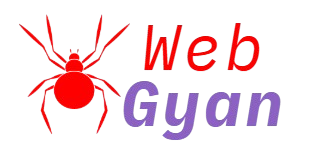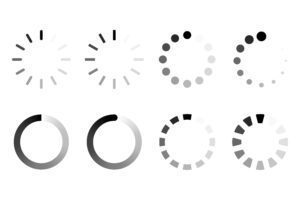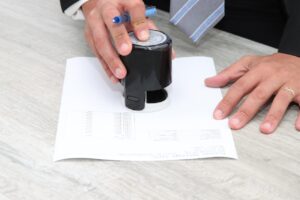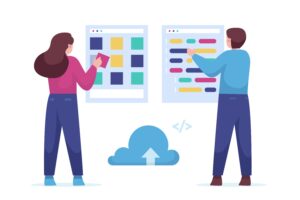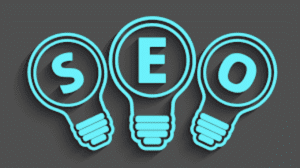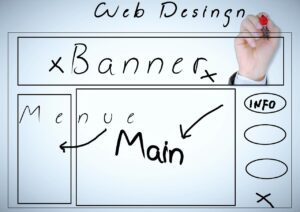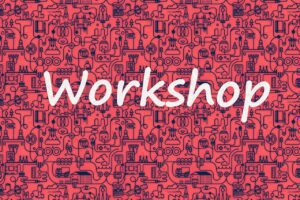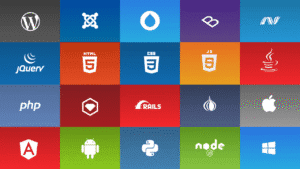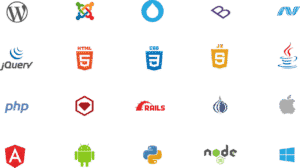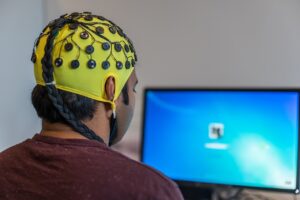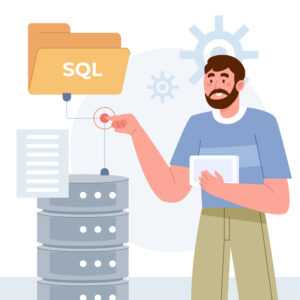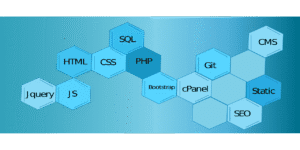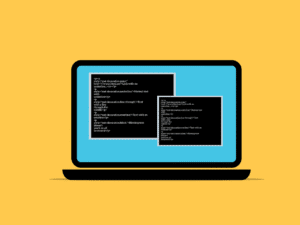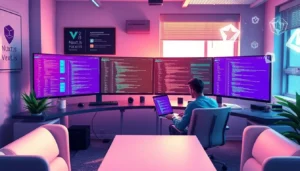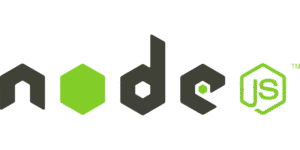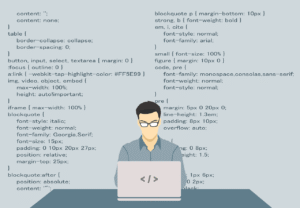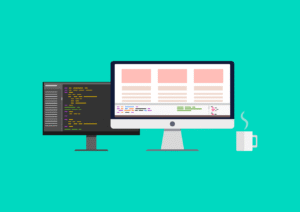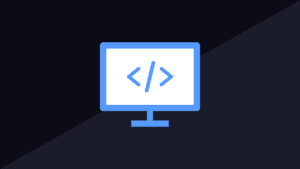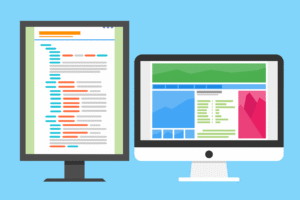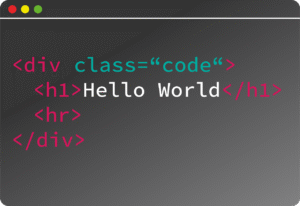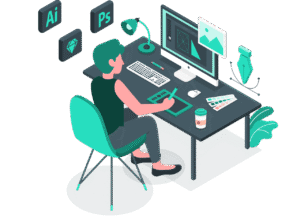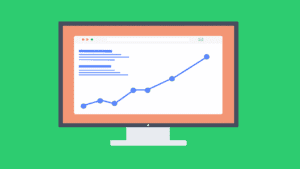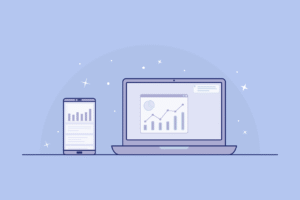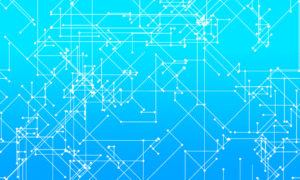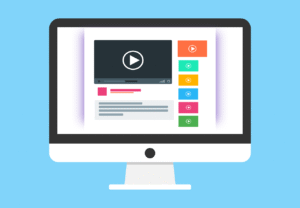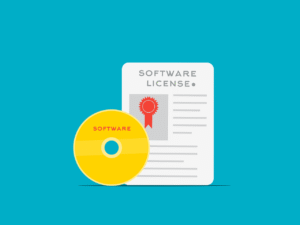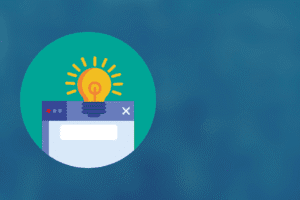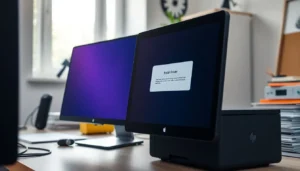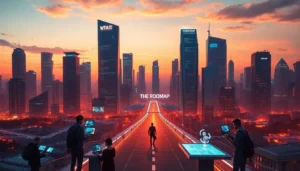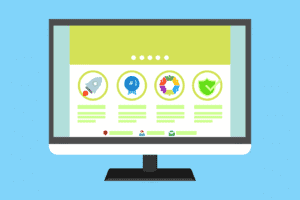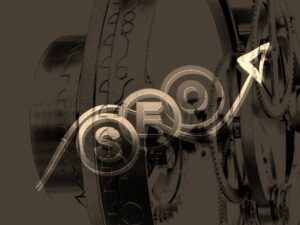More Than Just Code: What Does a Front-End Web Developer Actually Do?
Every single day, you interact with the work of a front-end web developer. When you tap a button on your phone to order food, when you scroll through a beautiful photo gallery online, when you type a message into a chat window—you are touching their creation.
But what is it that they actually do?
It’s easy to get lost in a sea of technical terms like HTML, CSS, and JavaScript. The simplest way to understand the role of a front-end web developer is to think of them as both the architect and the interior designer of a house.
The Architect of the Experience
Imagine a house has just been built. The foundation is poured, and the basic structure is up (this is the “back-end”). Now, the front-end developer comes in.
They are the architect who decides where the rooms go. They design the layout to be logical and easy to navigate. They ask questions like:
- “When someone walks in the front door, is it obvious where the kitchen is?”
- “Is the path to the bathroom clear and unobstructed?”
- “Are the windows placed to get the best light?”
In the digital world, this means they structure a webpage so that you, the user, can find what you’re looking for without thinking. They ensure the navigation is intuitive, the buttons are easy to find, and the most important information is right where you expect it to be.
The Interior Designer of the Digital World
Once the layout is planned, the front-end developer becomes the interior designer. They are responsible for everything you see and feel. They choose the:
- Color Palette: The paint on the walls.
- Typography: The style of the furniture.
- Spacing and Layout: How the furniture is arranged in the room to feel open and welcoming.
They use their core tools—HTML (the structure), CSS (the style), and JavaScript (the interactivity, like light switches and faucets)—to create an environment that is not only functional but also beautiful and enjoyable to be in.
What Makes a Great Front-End Developer?
A great front-end developer is more than just a good coder. They are driven by empathy. They are constantly putting themselves in the user’s shoes, asking:
- “Is this confusing?”
- “Is this frustrating?”
- “Does this feel good to use?”
They are the vital bridge between the complex, technical world of code and the simple, human desire for things to work beautifully and intuitively. They don’t just build websites; they craft the experiences that fill our digital lives.
🌱 Skill Progression
You’ve been asking for content on many related web development topics (“Front-end languages,” “Full-stack,” “Front-end developer”). This is fantastic for building a knowledge base. The next step in your content strategy is to connect these individual articles into a powerful “Topic Cluster.”
The Pillar Page & Topic Cluster Model:
- Pillar Page: This is a long, comprehensive guide on a broad topic. For you, this could be a master article like “A Beginner’s Guide to Web Development.”
- Cluster Content: These are the shorter, more specific articles you’ve been creating (like this one!). They cover one subtopic from your pillar page in greater detail.
- The Links: Your main Pillar Page should link out to each of your specific Cluster articles. In return, each Cluster article should link back to the Pillar Page.
Why this works:
- For SEO: This structure signals to Google that you are an authority on the overall topic of “Web Development,” boosting the search ranking of all the connected pages.
- For Users: It creates a seamless learning path. A reader can start with your big guide, click to learn more about front-end development, and easily navigate back.
